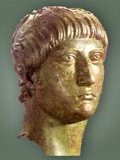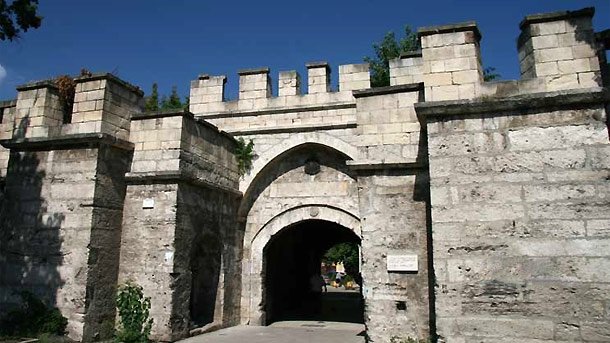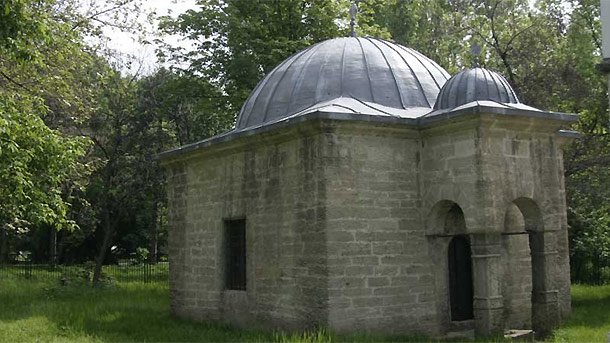

© Photo: www.vidin.bg

© Photo: museum-vidin.domino.bg

© Photo: www.vidin.bg

© Photo: imagesfrombulgaria.com
In winter, the well-known Bulgarian town of Kotel known for its National Revival Period architecture attracts tourists with cultural routes, frosty landscapes and the opportunity to ski in the folds of the Balkan Mountains. About 4 km from the center of..
An exhibition showcasing iconic cultural and natural tourist sites from Bulgaria has been opened in front of the Bulgarian Embassy in Stockholm. "Bulgaria is a country with an impressive history, rich cultural and historical heritage and..
The winter resort of Pamporovo in the Rhodope Mountain is crowded. We are experiencing a strong season and an increase in tourists from Romania, Greece and Serbia. This was told to BTA by Dimitar Gerdzhikov from Pamporovo AD. Gerdzhikov added..

+359 2 9336 661
